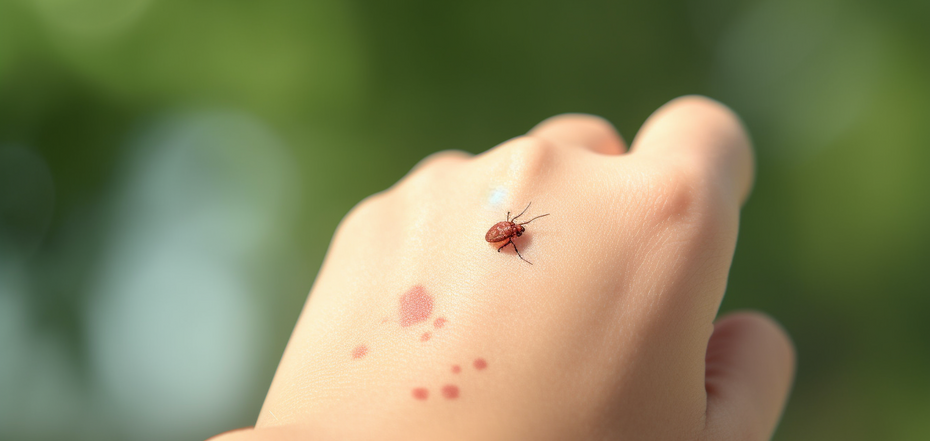Life
How to protect yourself from ticks and what to do if you have been bitten: summer instruction
Tick season is in full swing, so be sure to take safety precautions before you go outdoors. It is important to tuck your pants into your socks and choose closed shoes. Ticks live in soil and grass, from which they crawl to exposed areas of the body, so it's best to stay away from thickets when walking. You should also protect the head and the places where clothes fit the body.
Ixodes ticks carry dangerous infectious diseases: tick-borne encephalitis and borreliosis (Lyme disease). How to protect yourself from ticks and what to do if you have been bitten, National Geographic shared in an instruction.
First of all remember: not everyone who has been bitten by a tick can get sick. The sooner you find the tick, the lower the risk of infection.
How to protect yourself from ticks
Proper clothing and the use of repellent are the basic rules to help protect yourself from ticks.
"If you're walking through grassy or wooded areas, wear long pants and long-sleeved shirts and check your clothing and skin for ticks afterwards," advised Timothy Brewer, an infectious disease doctor and epidemiologist at the University of California.
Lyric Bartholomew, an entomologist at the University of Wisconsin-Madison, recommends wearing light-colored clothing to make ticks easier to spot. When choosing a repellent, pay attention to the DEET mark. The DEET percentage indicates how long the repellent will last.
Michael Reiskind, an entomologist at North Carolina State University, added that ticks are capable of migrating over the body, so if you've been outdoors a long time, check absolutely every part of your body, including your hair.
How to remove a tick
You can have the tick removed at a trauma center or by yourself. If you chose the second option, take care in advance about the availability of special tweezers, which you can buy in the pharmacy. Grasp the pest close to the proboscis and pull it perpendicularly to the skin surface. It happens that the proboscis remains in the body. Then you need to get it with a sterile needle, like a splinter. Never crush the tick or grasp its middle part. Treat the bite site with antiseptic and monitor your body temperature and general well-being.
What not to do if a tick bite occurs
- In any case, you should not pour oil, vaseline or alcohol over the bite site. Firstly, it is not safe. Secondly, it can lead to the tick's death, which multiplies the likelihood of infection.
- Do not twist the tick, squeeze it or jerk it sharply.
How do you know if you have been bitten by a tick?
Ticks settle on human skin to feed on blood. Adults stay at the site of the bite for a day or two before becoming fully saturated.
A tick bite is usually a red bump, similar to a mosquito bite. If there is a rash around it, an infection has developed.
Symptoms for which you should see a doctor immediately
Symptoms of tick-borne disease include fever, headaches, joint pain and a skin rash.
Timothy Flanigan, an infectious disease doctor at Brown University, said one option for treating infections is to administer doxycycline. This antibiotic can prevent Lyme disease from developing. Many other tick-borne diseases are also treated with doxycycline, but parasitic diseases (borreliosis) may require different treatment. Virus diseases like Heartland virus or Colorado tick fever are not treatable and require maintenance therapy.
Previously OBOZREVATEL told how to protect your dog from ticks.
Sign up for OBOZREVATELchannels in Telegram and Viber to keep up with the latest developments.



























